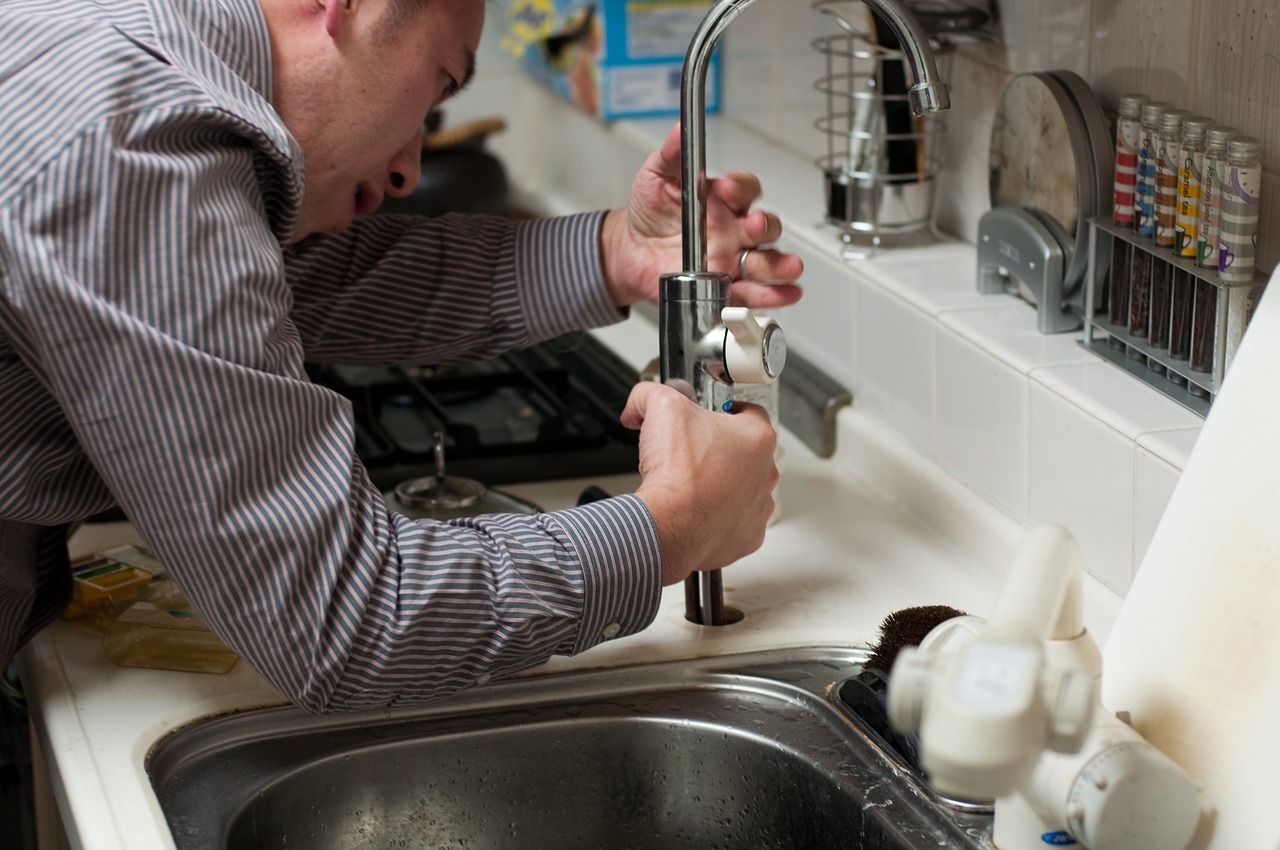Behind the city’s bright lights and energy, a complex sewer system quietly keeps homes running and neighborhoods safe. It’s easy to forget it exists—until foul odors or sudden yard sinkholes snap you back to reality.
Understanding how this system functions can spare you from expensive surprises. Catching early warning signs of sewer line trouble can mean the difference between a quick fix and a major excavation. Small changes around your home often point to deeper problems underground.
1. Bad Smells Taking Over Your Home
If foul smells start drifting through your home or near drains, it’s time to take action. Strong odors in bathrooms or kitchens often mean there’s a leak or blockage in the sewer line. Persistent smells like this usually point to something more serious going on underground, like a cracked pipe letting gas escape into the air.
If the odors keep returning—especially near the basement—it could indicate a serious backup in the main sewer line. These blockages can disrupt daily routines and pose potential health risks. Experienced plumbers in Las Vegas can quickly pinpoint the cause and offer lasting solutions. Pay close attention to when and where the smells appear, and take action before the problem spreads.
2. Slow Drains Could Mean Bigger Problems
When sinks, tubs, or toilets start draining slowly—especially in more than one place—it usually signals trouble in the main sewer line. This could be due to debris buildup, tree roots, or a collapsing pipe. Gurgling noises or bubbling water when drains are in use are also red flags. These sounds happen when air struggles to move past a blockage.
Catching warning signs early can prevent major damage. Don’t wait for a backup to hit—call a plumber before the problem escalates into something far worse. One quick inspection now can spare you an expensive disaster later.
3. Wet Spots or Sinkholes in Your Yard
If you see soggy patches or sinkholes in your yard, something might be wrong underground. These signs often point to a damaged sewer line that’s leaking waste into the soil. If one part of your lawn looks greener or grows faster than the rest, it might be because the waste is acting like a fertilizer—helpful for grass but bad news for your sewer system.
Catching subtle clues early can stop worse damage from happening later. Make a habit of checking your yard for odd wet areas or dips in the ground, especially after heavy rain or sprinkler use, so you can get help before it becomes a big fix.
4. Water Bills Suddenly Jumping
If your water bill shoots up for no clear reason, don’t ignore it. A sudden increase could be linked to sewer line problems. When there’s a backup, people often run extra water to try and clear it, which makes the bill even worse—sometimes doubling the usual cost in a single month.
Check for leaks frequently, especially around toilets, faucets, and hose connections. Even minor leaks can lead to major spikes in your monthly bill. Staying aware of your water usage—and recognizing sudden changes—can help you spot hidden sewer line issues before they grow into costly repairs.
5. Old Pipes and Past Repairs Count
If your home was built before the 1990s, there’s a good chance the sewer lines are made from clay, cast iron, or Orangeburg—materials that crack, corrode, or even collapse with time. In Las Vegas, shifting soil and desert temperature swings only speed up that wear. Roots from thirsty trees and shrubs often sneak into aging pipes through the tiniest openings, turning small cracks into major blockages.
If you’ve called in plumbers for frequent drain cleanings, backups, or foul smells—and the fixes never seem to last—it might not be bad luck. Temporary repairs can hide deeper structural issues in the line itself. Keep track of how often you’ve needed plumbing help, and find out exactly what kind of piping your home relies on. If it’s over 30 years old, it’s not a matter of if you’ll need an inspection, but when—and sooner is always cheaper than later.
Las Vegas may shine above ground, but real trouble often starts below the surface. Sewer line problems don’t appear out of nowhere—bad smells, slow drains, soggy yards, and unexplained spikes in your water bill are all signals that something’s wrong. Ignoring these warnings can lead to major damage and costly repairs. Older pipes, hidden cracks, or recurring quick fixes often mask deeper issues. Watch for unusual changes around your home and act quickly when something feels off. Regular inspections and fast responses can keep minor issues from turning into full-blown plumbing disasters. Don’t wait—protect your home before problems escalate.





























